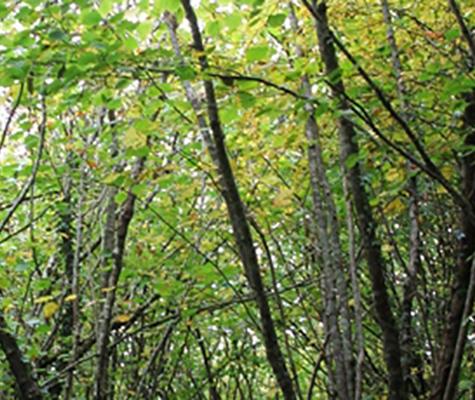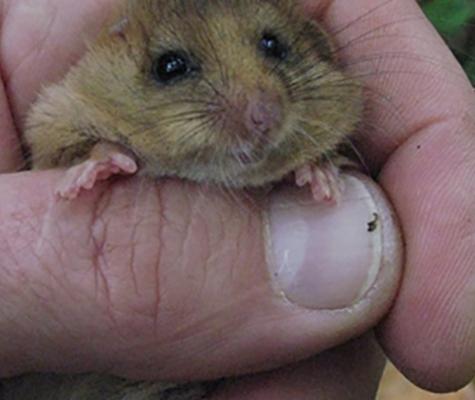Coppicing has been practised in England for thousands of years. In that time, wildlife that thrives in open woodland has flourished, creating biodiversity-rich woods where coppicing occurs.
However, coppicing has not been widely practiced for many decades, meaning that once-common species have declined. Large areas of formally-coppiced woodlands dominate, with only a few small fragments being managed for species such as dormice, fritilliaries and bluebells.
Helping to reverse the trend is Woodland Trust. During the autumn and winter of 2016, with valuable funding support from Valencia Communities Fund, the Woodland Trust undertook some carefully planned felling work at Hilsey Wood, which removed a section of a 25m edge to the larch plantation to allow more light in to the hazel coppice below. This is part of a gradual process to enhance the hazel coppice, taking out the larch in small but regular volumes, minimising the habitat impact.
To demonstrate how this gradual approach was working, the dormice were monitored simultaneously with the timber extraction. They were found to be using the habitat before and after this years' work was done.
The photos show the hazel coppice and some of the cut larch stumps. They also show where the strip of larch has been extracted so the hazel canopy can thicken up and expand its coverage of the site. By utilising small scale woodland contractors, the work was successfully carried out without any noticeable damage to the ground and shrub layer.
Issy White, Regional Development Officer at Woodland Trust, "Without such wonderful support from Valencia Communities Fund, vital projects like this would not be able to happen, and habitats for important species like dormice would be under threat of disappearing due to the presence of the shade-casting larch."


